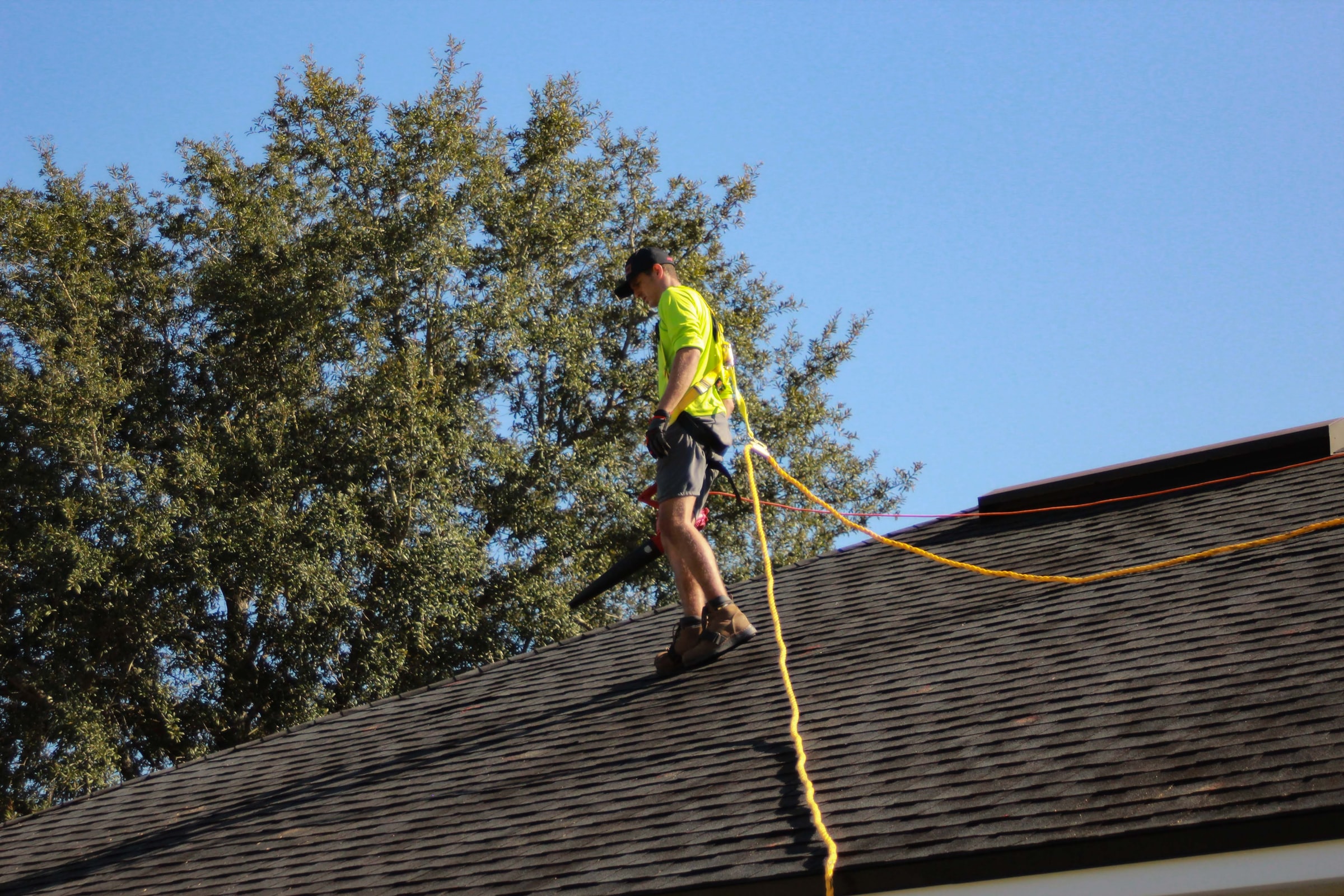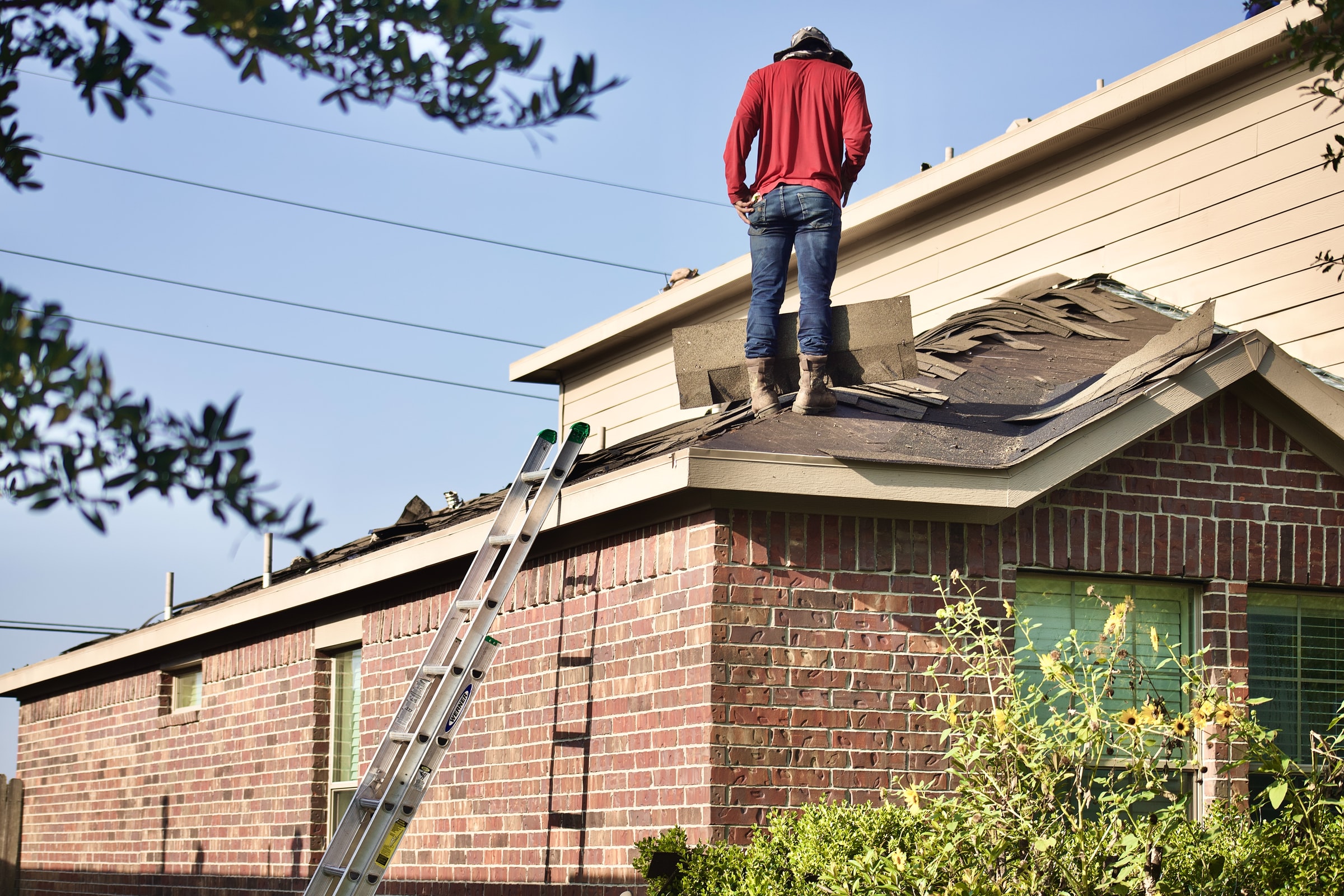We tend to neglect the roof of our houses or building. Constantly exposed to heat, humidity, dead leaves, and various weather conditions, the roof can deteriorate and become damaged over the years. To prevent this from happening, it is advisable to carry out a regular de-mossing. So, without further ado, let’s dive into this blog and learn some of the things everyone should know about de-mossing your roof.
Why should I have my roof de-mossed?

Numerous micro-organisms from dead leaves and bad weather can slowly destroy the roof. They develop into mosses that are difficult to remove over time. The roofing materials will then be damaged by all kinds of moss, causing leaks and various insulation problems. If this damage gets worse, the roof may be beyond repair. You will then need to completely renovate the roof, and be warned, the cost of this operation is quite expensive. On the other hand, these complications can be avoided if you proceed with moss removal.
Basically, this process cleans the roof and prevents various problems. Its objective is then to strengthen it and improve its lifespan. This is part of the roof maintenance work. It is also good to know that defoaming is an easy service and if you call a professional, its cost will be much cheaper than a renovation.
When should I do the removal of the moss?
It is recommended that you have a defoaming done twice a year. This is a very effective strategy based on the seasons. The best time to do this is in late fall and early spring.
Autumn is characterized by the fall of leaves; the roof will be infested with dead leaves. The fall de-mossing will then aim to prevent the appearance of lichens and harmful residues from the leaves. Of course, there will probably be some untreated moss remaining. That’s why you should repeat the defoaming in early spring. During this operation, the remaining moss and residues will be completely eradicated. You will then have nothing to worry about until the next fall.
However, if there is an important manifestation of moss during this period, it will be necessary to intervene as soon as possible to ensure the durability of the roof.
How to carry out the removal of moss?

Before tackling the work, you need to know your type of roof and the material with which it was made. Knowing this information will help you choose the right technique to effectively clean your roof. Also, make sure you have the right equipment for the job (ladder, safety harness, non-slip shoes, brush or pressure washer, products, etc.).
There are two stages to the removal of moss: cleaning and treatment. First, you will need to clean the roof. If you have, for example, a high-pressure cleaner, it will be easy to clean the roof quickly and efficiently. It should be noted that you must make sure that your roof can withstand this type of cleaning. You can also use a brush to thoroughly scrub all parts of the roof.
After the cleaning comes to the treatment of the roof; for this process, you will need to use anti-moss products, which should be sprayed on the roof in order to completely eliminate lichens, mosses, and all the micro-organisms that infest the roof. This can, for example, be bleach or other water-repellent products.
Finally, this work can be dangerous and difficult. That is why it is advisable to call on professionals to take care of all the work related to the removal of moss. These companies also have the necessary equipment, products, and tools for the work.
Sound off in the comments section below, and tell us what you want to read next and if you want to read more about de-mossing your roof.


